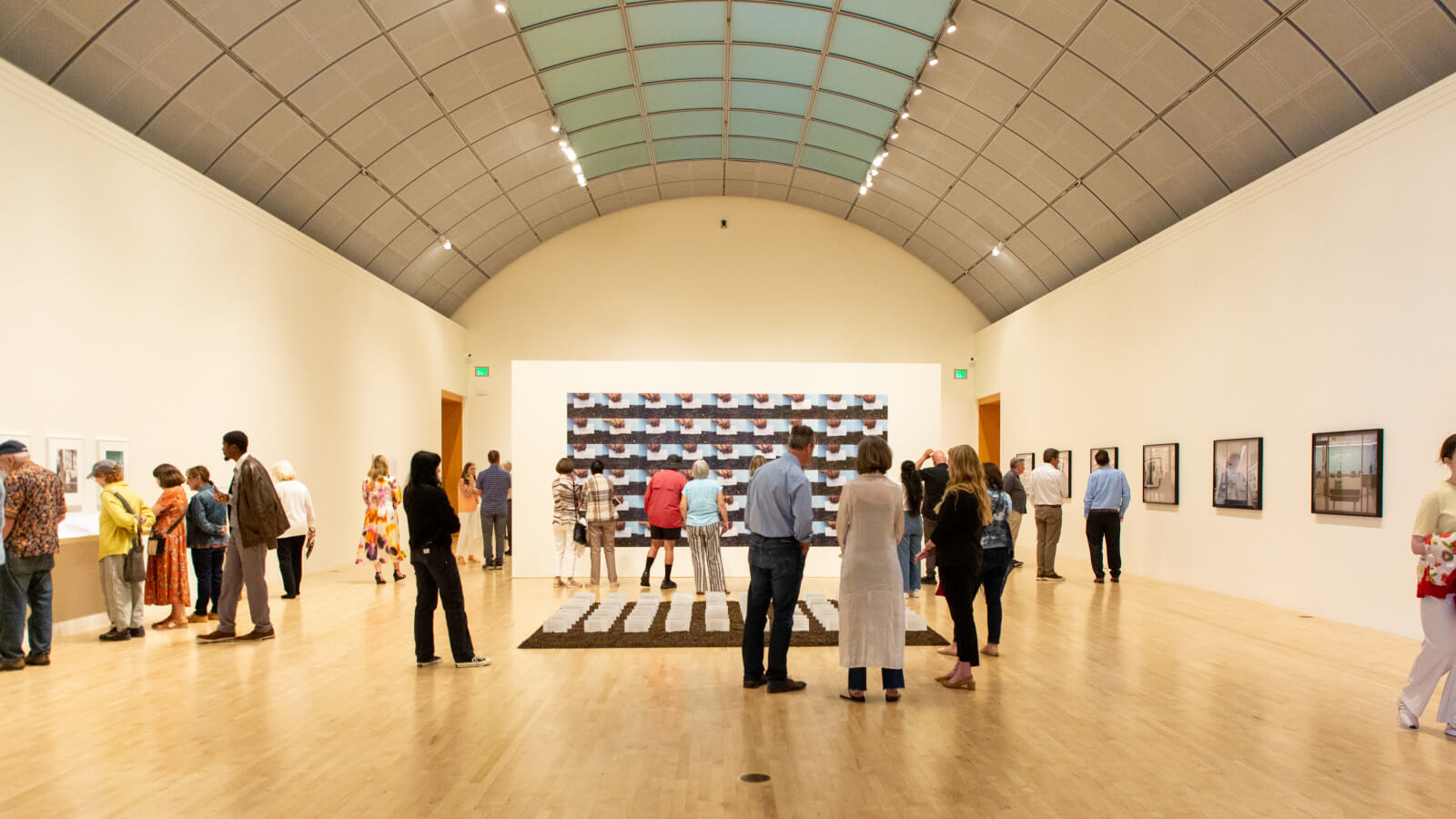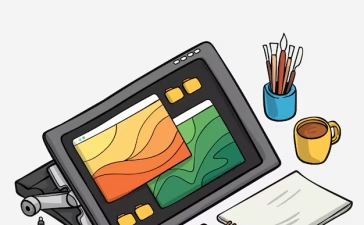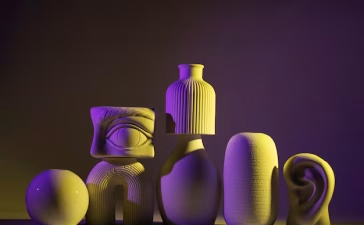In the digital era, a website is more than just an online presence—it is the first impression a brand makes on its audience. Web design has evolved far beyond simple pages of text and images; today, it combines aesthetics, functionality, and user experience into a unified whole. With competition online fiercer than ever, effective web design has become both an art and a science. This article explores the key principles, current trends, and future directions of web design in the 21st century.
The Importance of Web Design
A well-designed website is critical for success in almost every industry. Studies show that visitors form an opinion about a website within seconds, and poor design can drive them away before they even explore the content. Good web design accomplishes several goals:
-
Builds Credibility: A polished website establishes trust and professionalism.
-
Improves User Experience (UX): Clear navigation and responsive design keep visitors engaged.
-
Drives Conversions: Strategic layouts and calls-to-action (CTAs) encourage users to take desired actions.
-
Supports Branding: Colors, fonts, and imagery reinforce brand identity.
In short, web design is not just about appearance—it directly impacts functionality and business results.
Core Principles of Web Design
While trends change over time, certain principles remain timeless:
-
Simplicity
Clean layouts and minimal clutter make websites easier to navigate. Users should not feel overwhelmed with information or distracted by unnecessary elements. -
Consistency
Design elements such as fonts, colors, and button styles should remain uniform throughout the site to create a cohesive experience. -
Responsive Design
With mobile devices accounting for more than half of global web traffic, websites must adapt seamlessly to different screen sizes and orientations. -
Accessibility
Inclusive design ensures websites are usable by people with disabilities. Features like text alternatives for images, keyboard navigation, and proper color contrast are essential. -
Visual Hierarchy
Strategic placement of elements guides users’ attention to what matters most—whether it’s a product, service, or call-to-action.

Current Trends in Web Design
Web design continues to evolve with technology and user expectations. Some of the most influential trends include:
1. Minimalism and White Space
Less is more. Designers are embracing whitespace and simple layouts to create clarity and focus. This approach emphasizes essential elements and reduces distractions.
2. Bold Typography
Typography has become a design element in itself. Oversized fonts, unique typefaces, and creative text layouts draw attention and convey brand personality.
3. Dark Mode
Dark backgrounds with light text are increasingly popular, offering a sleek aesthetic and reducing eye strain for users.
4. Micro-Interactions
Subtle animations, hover effects, and button feedback make websites feel interactive and engaging, improving the overall user experience.
5. Custom Illustrations and Graphics
Rather than relying solely on stock images, brands are turning to custom illustrations and iconography to stand out and build unique identities.
6. Video and Motion Design
Background videos, animated graphics, and scroll-triggered effects create dynamic, immersive experiences that capture attention.
7. Voice and Conversational Interfaces
With voice assistants gaining popularity, websites are beginning to integrate voice navigation and conversational design for accessibility and convenience.
The Role of UX and UI in Web Design
Web design is often divided into user experience (UX) and user interface (UI) design. While closely related, they serve distinct purposes:
-
UX Design focuses on usability and functionality—ensuring the website is intuitive, efficient, and enjoyable to use.
-
UI Design emphasizes aesthetics and interactivity, including colors, typography, and visual elements.
The most effective websites seamlessly integrate UX and UI, balancing functionality with visual appeal.
Tools and Technologies Shaping Web Design
Modern web designers have access to a wide range of tools and technologies:
-
Design Software: Adobe XD, Figma, and Sketch enable collaborative prototyping and design.
-
Content Management Systems (CMS): Platforms like WordPress, Webflow, and Squarespace make it easier to create and manage websites.
-
Front-End Frameworks: Tools like React, Vue, and Angular streamline the development of interactive interfaces.
-
Responsive Frameworks: Bootstrap and Tailwind CSS help designers create mobile-friendly layouts quickly.
Emerging technologies such as AI-driven design assistants are also making their mark, helping automate repetitive tasks and personalize user experiences.
Web Design and SEO
A website’s design directly affects its search engine optimization (SEO). Google rewards sites that are mobile-friendly, fast-loading, and accessible. Key SEO-friendly design practices include:
-
Optimizing images for speed.
-
Using clean, semantic code.
-
Ensuring responsive layouts.
-
Structuring content with clear headings.
-
Prioritizing readability and accessibility.
By combining SEO with thoughtful design, websites can improve both visibility and user satisfaction.
The Business Value of Good Web Design
Investing in professional web design pays off in measurable ways:
-
Higher Engagement: Users stay longer on visually appealing, easy-to-navigate sites.
-
Better Conversion Rates: Effective CTAs and streamlined checkout processes drive sales.
-
Brand Loyalty: A consistent, attractive design reinforces trust and keeps customers coming back.
For small businesses and large enterprises alike, web design is a critical driver of online success.
Challenges in Web Design
Despite its opportunities, web design faces several challenges:
-
Keeping Up with Trends: Rapidly changing aesthetics and technologies require designers to constantly update their skills.
-
Balancing Creativity and Usability: Innovative designs must remain functional and user-friendly.
-
Performance Optimization: Visual features must not compromise loading speed.
-
Cross-Platform Compatibility: Ensuring consistent performance across browsers and devices can be complex.
-
Cybersecurity: As part of digital presence, web design must also consider secure frameworks and practices.
The Future of Web Design
Looking ahead, web design will continue to merge creativity with innovation. Some future directions include:
-
AI-Driven Personalization: Websites will adapt in real time based on user behavior and preferences.
-
Augmented Reality (AR) and Virtual Reality (VR): Interactive, immersive experiences will redefine e-commerce, education, and entertainment websites.
-
Voice and Gesture Control: As voice technology matures, users may navigate websites without a mouse or keyboard.
-
Sustainable Web Design: Eco-conscious practices will minimize energy consumption and digital waste.
The future promises even more intuitive, personalized, and engaging web experiences.

Conclusion
Web design in the 21st century is no longer just about creating attractive layouts; it is about building meaningful digital experiences. By balancing aesthetics, usability, and innovation, designers can craft websites that not only capture attention but also deliver value.
As technology continues to evolve, the role of web design will only grow in importance—shaping how businesses connect with audiences, how users interact with digital platforms, and how creativity meets functionality in the online world. In many ways, web design is the canvas on which the digital future is painted.



